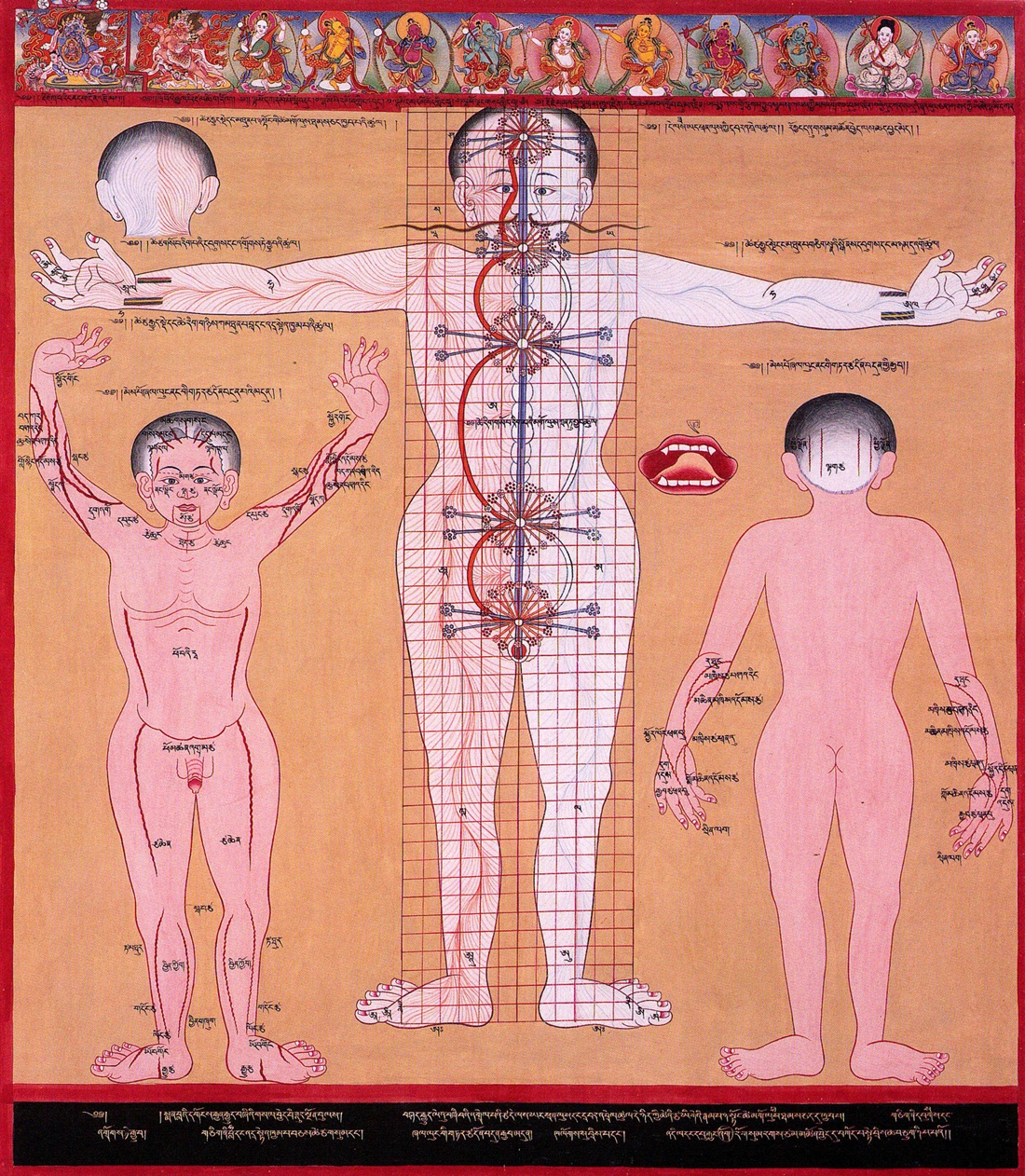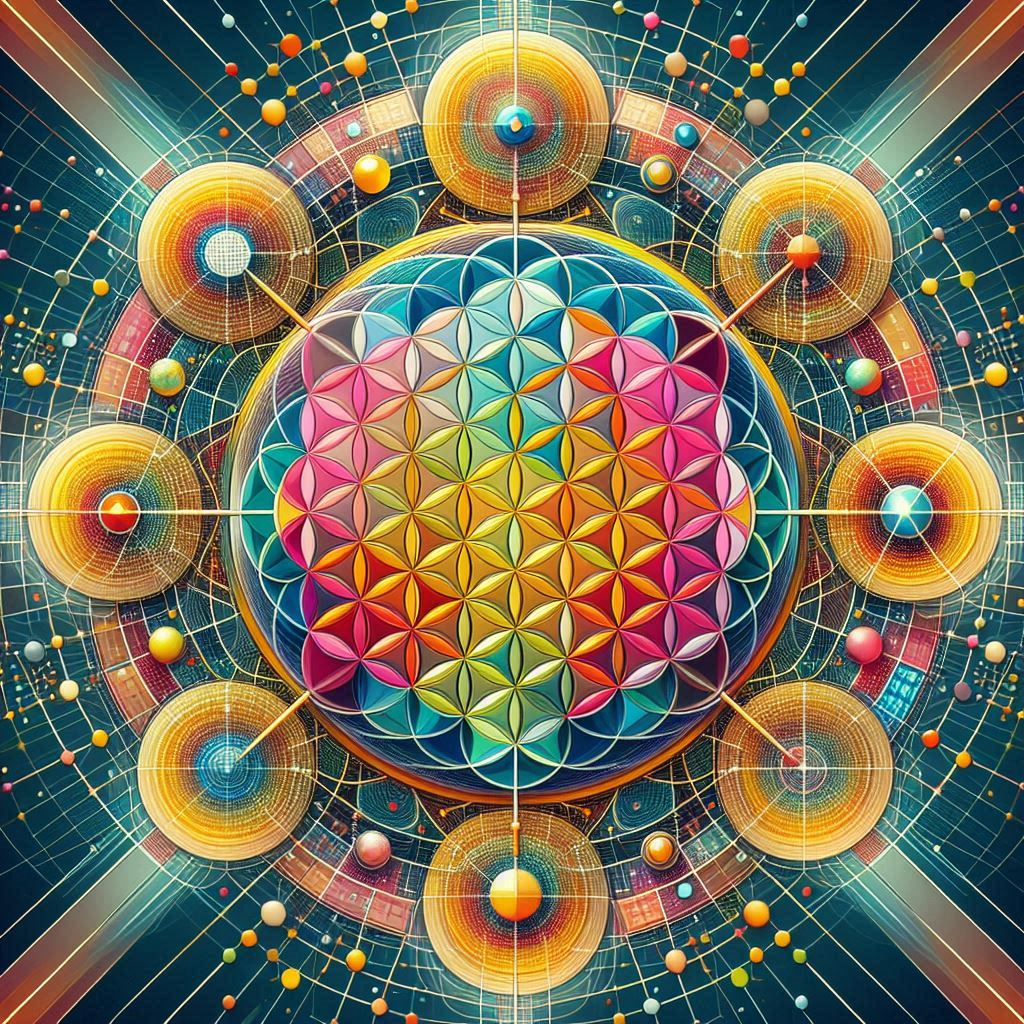The Subtle Body: Exploring Spiritual Energy & Consciousness

Before diving in, please note: This post is for informational purposes only. If you’d like to know more about how we approach topics, feel free to check out our friendly Disclaimer Page.
Hey there, amazing readers! 🖐️ Just a quick note: yes, we know there are a lot of ads here. Trust us, we get it—it’s not the prettiest look, but they help us keep this blog alive and kicking. Those pesky little ads cover the costs of all the behind-the-scenes magic, from hosting and tech stuff to creating content we hope you’ll love.
We’re committed to delivering quality posts, and your support (even just sticking around despite the ads) means everything to us. So, bear with us, and thanks for helping us keep the good vibes rolling. Now, on to the fun stuff! 😉
TRANSLATE BUTTON AT THE END OF THE ARTICLE
Introduction
In spiritual traditions around the world, the concept of the subtle body is central to the understanding of the nature of the human being.
The subtle body is believed to be a non-physical aspect of the human being that is made up of energy, and is responsible for a person’s thoughts, emotions, and consciousness.
This article will explore the concept of the subtle body in depth, examining its origins, characteristics, and significance in various spiritual traditions.
Origins of the Subtle Body
The concept of the subtle body has its roots in ancient Indian philosophy and spirituality.
In the Hindu tradition, the subtle body is known as the “sukshma sharira,” and is believed to be composed of five different layers or sheaths, each of which corresponds to a different aspect of the human experience.
These five sheaths are:
Annamaya Kosha – the physical body
Pranamaya Kosha – the energy or life force body
Manomaya Kosha – the mental or emotional body
Vijnanamaya Kosha – the wisdom or intuition body
Anandamaya Kosha – the bliss or spiritual body
Other spiritual traditions have similar concepts of the subtle body.
In the Chinese tradition of qigong and tai chi, the subtle body is believed to be composed of channels or meridians through which energy flows, while in the Tibetan Buddhist tradition, the subtle body is known as the “subtle mind” or “subtle consciousness,” and is believed to be the basis for all mental activity.
Characteristics of the Subtle Body
One of the key characteristics of the subtle body is its non-physical nature.
Unlike the physical body, which can be observed and measured, the subtle body is believed to be composed of energy that cannot be seen with the naked eye.
This energy is said to be subtler than the energy that makes up the physical body, and is responsible for the functioning of the mind, emotions, and consciousness.
Another important characteristic of the subtle body is its connection to the physical body.
The subtle body is believed to be intimately connected to the physical body, and changes in one can affect the other.
For example, negative emotions or stress can cause blockages in the channels or meridians of the subtle body, which can in turn lead to physical health problems.
The subtle body is also believed to be affected by external factors such as food, environment, and relationships.
Eating unhealthy food, for example, can negatively impact the subtle body and lead to imbalances in energy flow.
Similarly, spending time in a polluted or chaotic environment can disrupt the subtle body’s energy flow and lead to feelings of fatigue or illness.
Significance of the Subtle Body
The concept of the subtle body is significant in spiritual traditions for several reasons.
First, it provides a framework for understanding the nature of the human being beyond the physical body.
This understanding can lead to a greater appreciation for the complexity and interconnectedness of the human experience.
Second, the subtle body is believed to be the key to unlocking higher states of consciousness and spiritual growth.
By working with the subtle body through practices such as meditation, yoga, and energy healing, individuals can cultivate a deeper awareness of their inner selves and connect with a greater sense of purpose and meaning in life.
Finally, the subtle body is also believed to play a role in the process of death and rebirth.
According to many spiritual traditions, the subtle body is what carries the individual’s consciousness from one lifetime to the next, and is responsible for the individual’s karma and spiritual evolution.
Practices for Working with the Subtle Body
There are many practices that can be used to work with the subtle body, including:
Meditation
Meditation is a powerful tool for connecting with the subtle body.
Explore the Path to Spirituality and Enlightenment – Start Here.
By calming the mind and focusing on the breath, individuals can begin to cultivate a greater awareness of their inner selves and connect with the subtle energy that underlies all of their experiences.
Yoga
Yoga is another practice that can help individuals connect with the subtle body.
Through the practice of asanas (postures) and pranayama (breathing exercises), individuals can open up the channels of the subtle body and allow energy to flow freely.
Energy Healing
Energy healing practices such as Reiki, acupuncture, and acupressure are also effective ways to work with the subtle body.
These practices aim to balance the energy flow of the subtle body and remove any blockages that may be causing physical or emotional discomfort.
Mindfulness
Mindfulness practices such as paying attention to the present moment and observing thoughts and emotions without judgment can also help individuals connect with the subtle body.
By cultivating a greater awareness of their inner experience, individuals can begin to notice patterns of energy and emotion that may be affecting their physical and mental health.
The Five Sheaths of the Subtle Body
As mentioned earlier, the subtle body in Hindu philosophy is composed of five sheaths or koshas.
Each sheath corresponds to a different aspect of the human experience, from the physical body to the spiritual self.
The annamaya kosha, or physical sheath, is the outermost layer and is composed of the physical body.
The pranamaya kosha, or energy sheath, is the layer that governs the flow of prana, or life force energy.
The manomaya kosha, or mental-emotional sheath, is responsible for the mind and emotions.
The vijnanamaya kosha, or wisdom sheath, is where higher thinking and intuition take place.
Finally, the anandamaya kosha, or bliss sheath, is where one can experience a deep sense of inner peace and contentment.
By understanding the five sheaths of the subtle body, individuals can gain a deeper appreciation for the interconnectedness of their physical, emotional, and spiritual selves.
Chakras
Another key aspect of the subtle body is the concept of chakras, which are energy centers located along the spine.
There are seven main chakras, each of which corresponds to a different aspect of the human experience.
The root chakra, located at the base of the spine, governs survival and grounding.
The sacral chakra, located in the lower abdomen, is associated with creativity and sexuality.
The solar plexus chakra, located in the upper abdomen, governs personal power and self-esteem.
The heart chakra, located in the center of the chest, is associated with love and compassion.
The throat chakra, located at the base of the throat, is responsible for communication and self-expression.
The third eye chakra, located between the eyebrows, is associated with intuition and spiritual insight.
Finally, the crown chakra, located at the top of the head, is responsible for connecting with the divine and experiencing spiritual transcendence.
By working with the chakras through practices such as meditation and visualization, individuals can balance their energy flow and promote overall physical and emotional health.
Kundalini
Kundalini is a term used in Hindu and yogic traditions to describe the dormant energy located at the base of the spine.
When awakened, this energy can rise up through the chakras and lead to spiritual awakening and enlightenment.
The process of awakening the kundalini energy can be intense and transformative, and is often facilitated through practices such as yoga, meditation, and pranayama.
Some of the experiences associated with kundalini awakening include intense energy sensations, altered states of consciousness, and a heightened sense of spiritual awareness.
By working with the kundalini energy, individuals can tap into their spiritual potential and experience a deeper sense of connection with themselves and the world around them.
Astral Body
In some spiritual traditions, the subtle body is believed to include an astral body, which is a non-physical body that is capable of traveling outside of the physical body.
This astral body is believed to be the vehicle for astral projection, which is the ability to consciously leave one’s physical body and explore different realms of consciousness.
Through the practice of astral projection, individuals can gain a deeper understanding of the nature of reality and experience spiritual transcendence.
However, it is important to note that astral projection can be a complex and potentially dangerous practice, and should only be undertaken under the guidance of an experienced practitioner.
Conclusion
In conclusion, the concept of the subtle body offers a powerful framework for understanding the nature of the human experience and the interconnectedness of all things.
By working with the subtle body through practices such as meditation, yoga, and energy healing, individuals can cultivate a deeper awareness of their inner selves and connect with a greater sense of purpose and meaning in life.
The various aspects of the subtle body, such as the five sheaths, chakras, kundalini, and astral body, provide a rich tapestry of practices and experiences that can help individuals awaken to their full spiritual potential.
However, it is important to approach these practices with caution and respect, as working with the subtle body can be a powerful and transformative experience that requires proper guidance and preparation.
Ultimately, the subtle body is a testament to the richness and complexity of the human experience, and offers a powerful reminder of the interconnectedness of all things.
Whether through the practice of meditation, yoga, or energy healing, individuals can tap into the subtle energy that underlies all of their experiences and gain a deeper understanding of their place in the universe.
By embracing the subtle body as a key aspect of their spiritual journey, individuals can cultivate a greater sense of awareness, compassion, and purpose, and ultimately live a more fulfilling and meaningful life.

The Enlightenment Journey is a remarkable collection of writings authored by a distinguished group of experts in the fields of spirituality, new age, and esoteric knowledge.
This anthology features a diverse assembly of well-experienced authors who bring their profound insights and credible perspectives to the forefront.
Each contributor possesses a wealth of knowledge and wisdom, making them authorities in their respective domains.
Together, they offer readers a transformative journey into the realms of spiritual growth, self-discovery, and esoteric enlightenment.
The Enlightenment Journey is a testament to the collective expertise of these luminaries, providing readers with a rich tapestry of ideas and information to illuminate their spiritual path.
Our Diverse Expertise 🌟
While our primary focus is on spirituality and esotericism, we are equally passionate about exploring a wide range of other topics and niches 🌍📚. Our experienced team is dedicated to delivering high-quality, informative content across various subjects ✨.
To ensure we provide the most accurate and valuable insights, we collaborate with trusted experts in their respective domains 🧑🏫👩🏫. This allows us to offer well-rounded perspectives and knowledge to our readers.
Our blog originally focused on spirituality and metaphysics, but we’ve since expanded to cover a wide range of niches. Don’t worry—we continue to publish a lot of articles on spirituality! Frequently visit our blog to explore our diverse content and stay tuned for more insightful reads.






